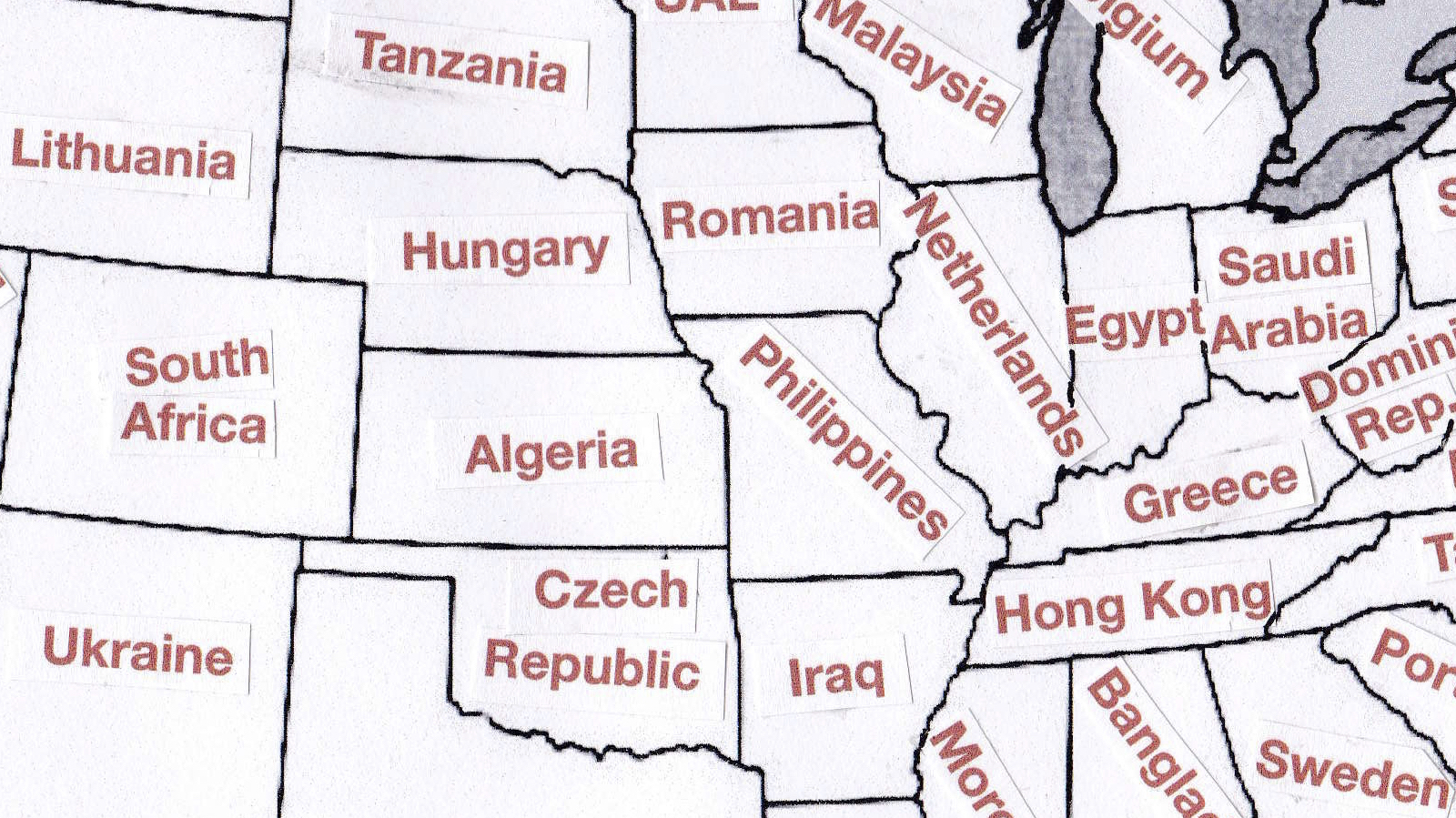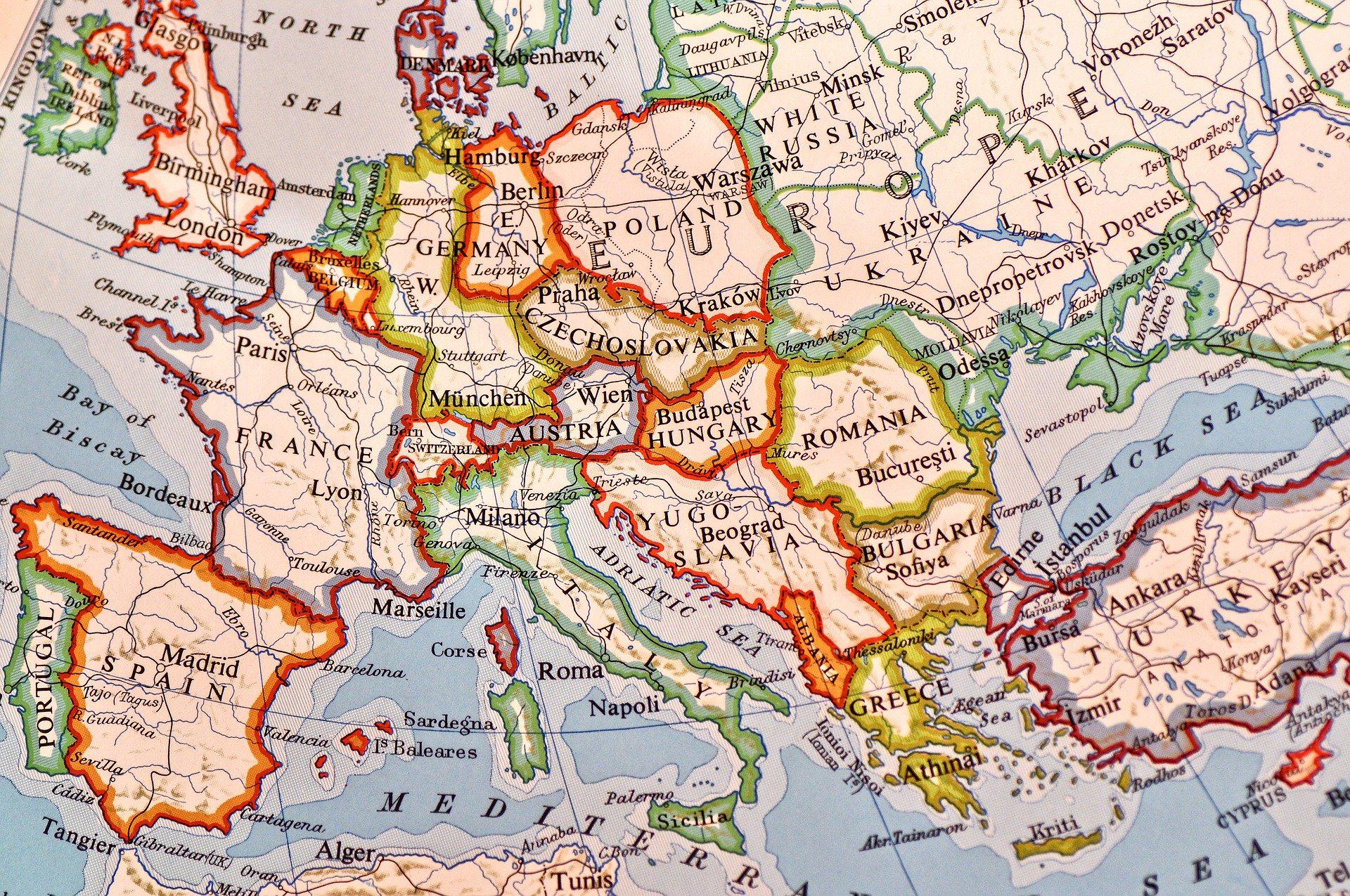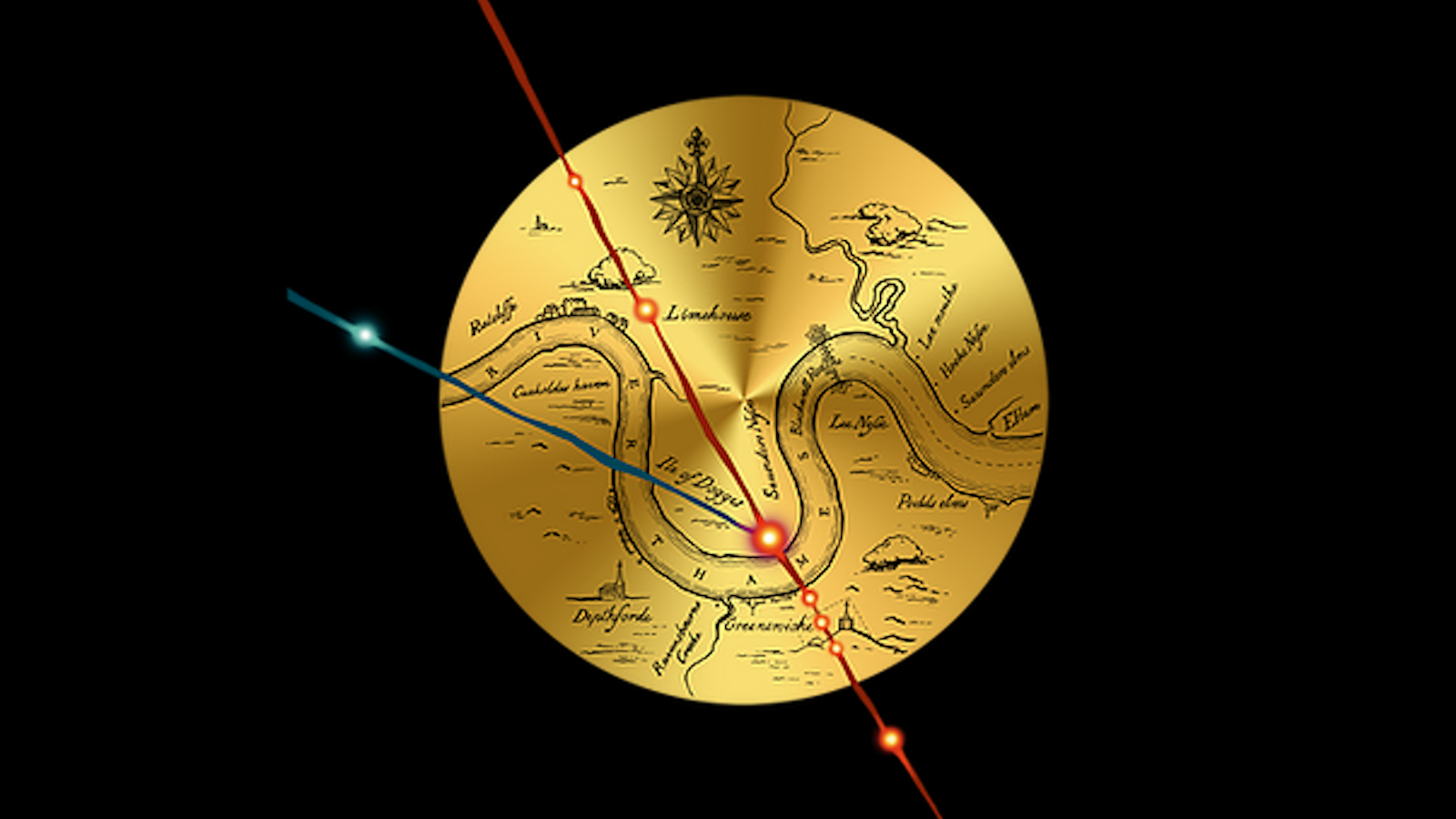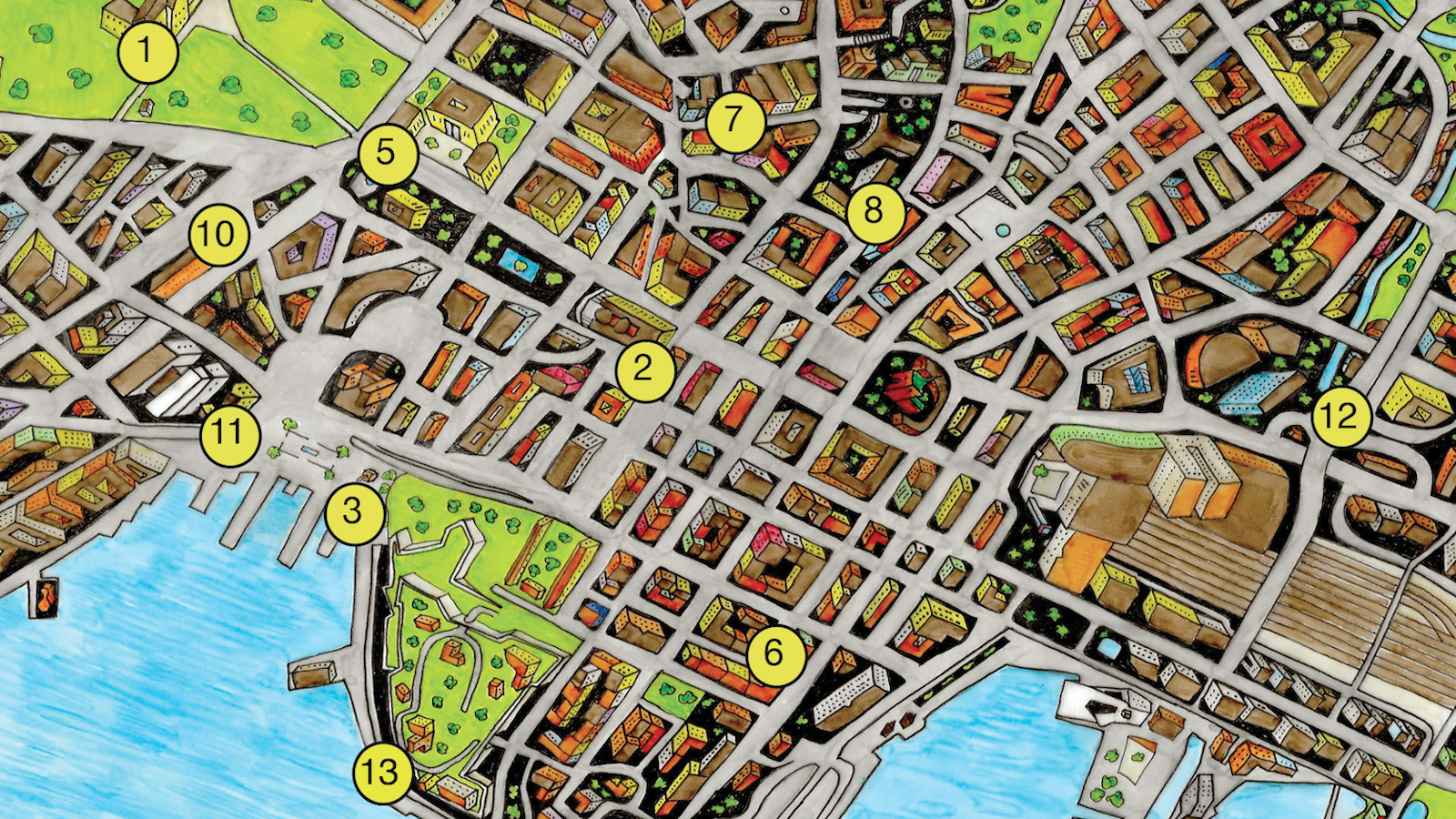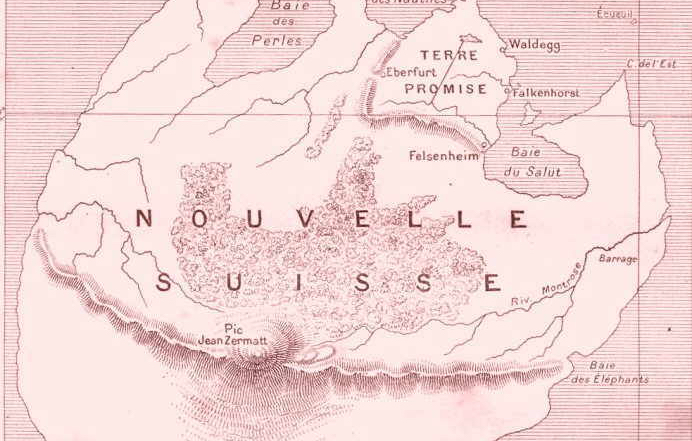Mapped: How Europe’s wealth has shifted since 1900

- Great Britain is no longer Europe’s GDP-per-capita capital.
- Conversely, prosperity is now more widespread on the continent.
- There are some shocking exceptions, including eastern Germany.
Prosperity is not a given, and neither is poverty. As these maps show, rich regions can lose their wealth, and poor places can turn affluent.
While they don’t explain the ebbs and flows of fortune, these maps do provide a fascinating, granular view of where those fortunes rose and fell in Europe, in just over a century.
Both maps show regional GDPs relative to the European average. The one on the left shows the situation in 1900, and the one on the right shows how things stood in 2010. Note: These GDP levels aren’t just relative to the average — they’re also relative over time. Thanks to unprecedented advances in technology, living standards in the early 21st century have vastly improved over those at the turn of the 20th.
In other words, the inhabitants of a “poor” region in 2010 are better off, on average, than those of a “rich” region in 1900.
That being said, one dramatic shift is immediately obvious: the decline of the UK. In 1900, the island of Great Britain — shaded entirely in the richest black — was Europe’s undisputed GDP-per-capita capital. Northern Ireland, also part of the UK, was a shade less wealthy, but still one shade richer than the Republic of Ireland.
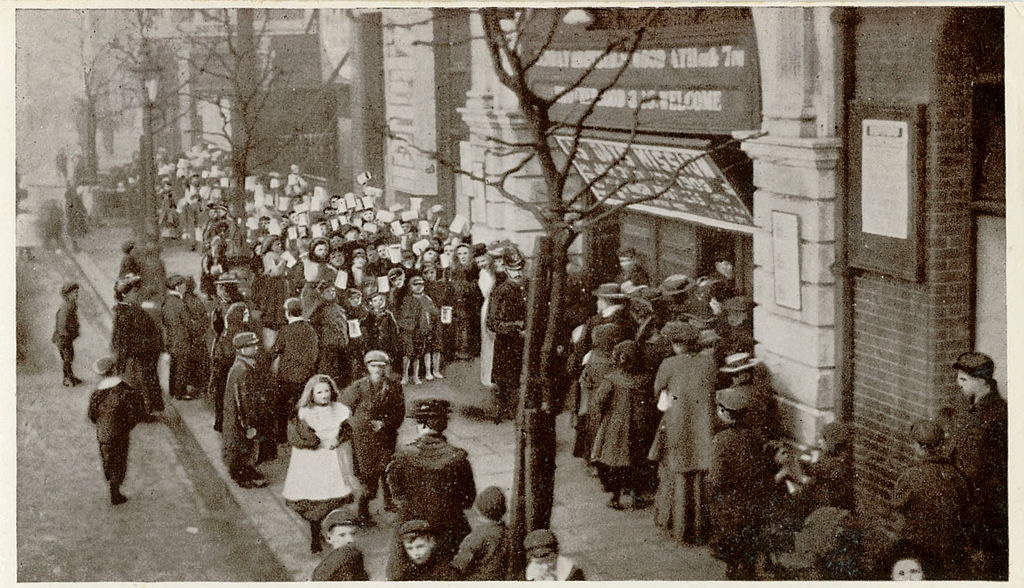
In 2010, only London and the Southeast were still in the highest category. Wales and the middle and north of England have fallen below the European average. Northern Ireland did too, now one shade poorer than the Republic.
The only countries in continental Europe that came close to UK-level wealth in 1900 were Switzerland (minus the below-average canton of Ticino), Belgium (wealthy south, poorer north), the Netherlands (high GDP in the urbanized west), and Denmark (with no region in the richest category, but all above average).
France and Germany were the only larger countries doing generally well, with wealthy capitals, quite a few richer-than-average regions, but also a handful of below-average ones.
The big trend on the continent: the Great Leveling Up. Many poorer regions got richer. Some rich regions, however, saw their fortunes decline.
Look at Norway, Sweden, and Finland, all of which were almost entirely below the European average in 1900 but in 2010 were largely above it (with the stubborn exception of that one region in Norway just north of Oslo). Spain and Italy have similarly been elevated, though not as fully.
But there were a few shocking reversals: Belgium’s south has gone from wealthiest to poorest. And, like the face of someone who’s seen a ghost, Germany’s east has gone entirely pale. That includes the formerly wealthy German capital Berlin, which, in the words of one of its former mayors, is now “arm, aber sexy” (“poor, but sexy”).
Berlin is the exception. As demonstrated by Vienna, Paris, Stockholm, Brussels, and elsewhere, capital cities (and their wider regions) are usually best at capturing wealth and keeping it, whether in 1900 or 2010.
Strange Maps #1265
Got a strange map? Let me know at strangemaps@gmail.com.
Follow Strange Maps on X and Facebook.
Main image from The Economic Development of Europe’s Regions: A Quantitative History Since 1900, edited by Joan Ramón Rosés and Nikolaus Wolf, is available here.
